Over the past month, West Texas Intermediate (WTI) crude oil prices have surged nearly 20 percent to around $120 per barrel. Despite soaring energy prices, U.S. output is still below pre-pandemic levels, with analysts pointing to Washington and cash discipline as the causes.
WTI and Brent, the international benchmark for oil prices, have rallied in recent sessions on China’s economic reopening and Saudi state-owned oil producer Saudi Aramco having raised the price of Arabia light crude for Asian customers by $2.10 per barrel. The European Union’s plan to reduce its imports of Russian energy by 90 percent at the end of 2022 has also contributed to the latest gains.
But the U.S. oil and gas industry’s lack of significant activity continues to play a major role in the commodity’s gains.
This could exacerbate the sector’s fragile situation, particularly after the United States has seen three straight weeks of notable supply drawdowns, totaling nearly 10 million barrels. Moreover, inventories at the Cushing, Oklahoma, storage facility recently recorded a small build of 256,000 barrels following three consecutive weeks of withdrawals totaling close to 4 million barrels.
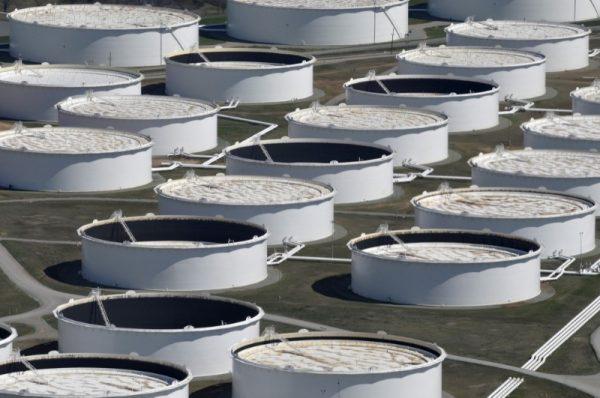
This cash discipline has been the new normal for domestic onshore shale firms, says Campbell Faulkner, senior vice president and chief data analyst at OTC Global Holdings, the world’s largest independent institutional broker of commodities.
“Additionally, there has not been a flood of cash via private equity into new entities to begin drilling across the U.S.,” Faulkner told The Epoch Times. “Inflation and labor shortages have also greatly crimped the ability for shale firms to even modestly expand their capital expenditures (CapEx) while experiencing robust cash flows.”
But U.S. production could enjoy revived growth over the next couple years, Rystad Energy said.
Permian crude production growth is forecast to outpace Iraq this year. The Permian Basin, which is a vast shale basin situated in west Texas, is projected to expand by approximately 1 million bpd to 5.6 million bpd this year and then climb to as much as 6.5 million bpd in 2023.
The Middle Eastern nation produces roughly 4.4 million bpd.
Quinn Kiley, managing director and energy portfolio manager at Tortoise, also reported in a recent QuickTake Podcast that Kinder Morgan had increased its 2022 capital budget guidance by $300 million.
“The market had been punishing companies for increased spending, but Kinder traded well last week,” Kiley said. “The shift may be an acknowledgment by the market that new infrastructure is needed to reduce long-term inflation due to higher commodity prices. Or it may be a signal that spending on natural gas infrastructure and CO2 sequestration is what the market wants as it looks to a realistic energy transition strategy.”
Still, Faulkner contends that greater activity can only become ubiquitous throughout the industry if the “Biden administration ceases its predatory stance against domestic oil and gas production.”
Bob Bilbruck, the CEO at Captjur, a technology and strategic services firm, echoed this sentiment, telling The Epoch Times that the White House has made “it very hard to drill for oil.”
“It’s a cute little political game they are playing with the oil industry to make it appear that they are pro-drilling, but when the rubber hits the road, they are making it very hard on these companies to get new drilling leases and operations underway,” Bilbruck said.
Last month, the Biden administration pulled three offshore oil lease sales in Alaska and the Gulf of Mexico. Critics warn that replacements for these leases won’t happen overnight since it’s a rigorous regulatory process that consists of environmental analysis, public consultation, and government reviews.
President Joe Biden suspended new oil and gas leasing on federal land and waters last year, but the directive was halted by a Louisiana judge, forcing the administration to continue leasing.
Despite the rhetoric emanating from Washington, ESG and climate-related risks will start taking a backseat in the short term due to the plethora of challenges the global economy is facing, according to Jarand Rystad, CEO of Rystad Energy.
Will Prices Come Down Soon?
For the global energy market to rebalance, crude prices need to average $135 a barrel in the 12 months beginning in July, Goldman Sachs analysts predicted in a new note. Prices are expected to surge to $140 this summer amid a drop in Russian output, recovering Chinese demand, and the busy U.S. driving season.“The negative global growth impulse remains insufficient to rebalance inventories at current prices,” analysts Damien Courvalin and Jeffrey Currie wrote. “Oil prices need to rally further to normalize the unsustainably low levels of global oil inventories, as well as OPEC and refining spare capacities.”
Motorists will feel like crude oil is closer to $160 per barrel because of the refining shortage, the investment bank warned. Over the past year, there have been intense bottlenecks at refineries, resulting in soaring gasoline prices. Gasoline stocks have also fallen during 11 of the last 12 weeks.
July RBOB gasoline futures have risen more than 17 percent over the past month on the New York Mercantile Exchange, adding to their year-to-date gain of 86 percent.
But should inflation continue to be stubbornly high and the economy slip into a recession, oil prices could fall back to around $100, Faulkner said.
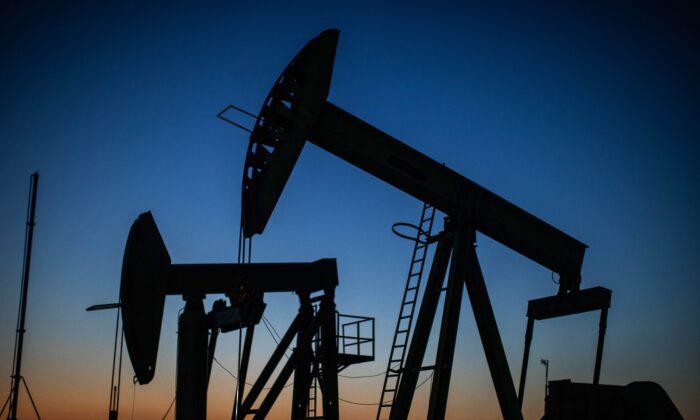


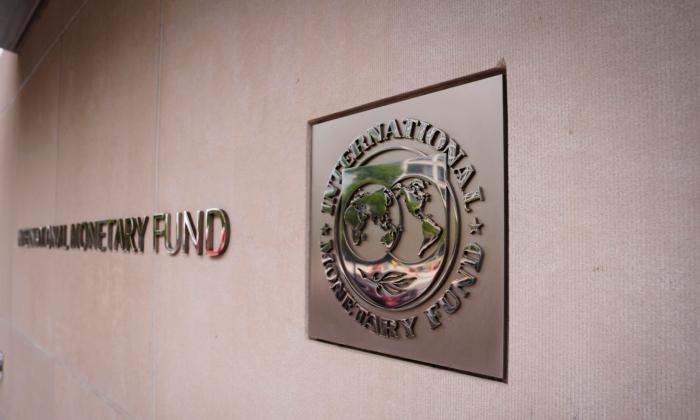
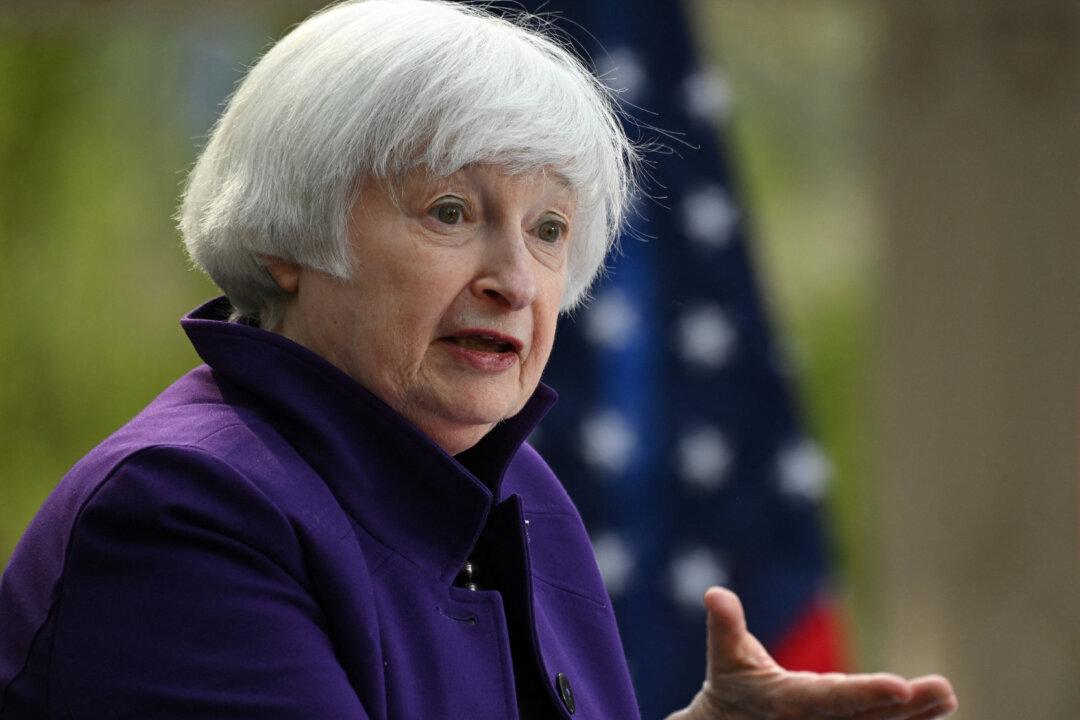
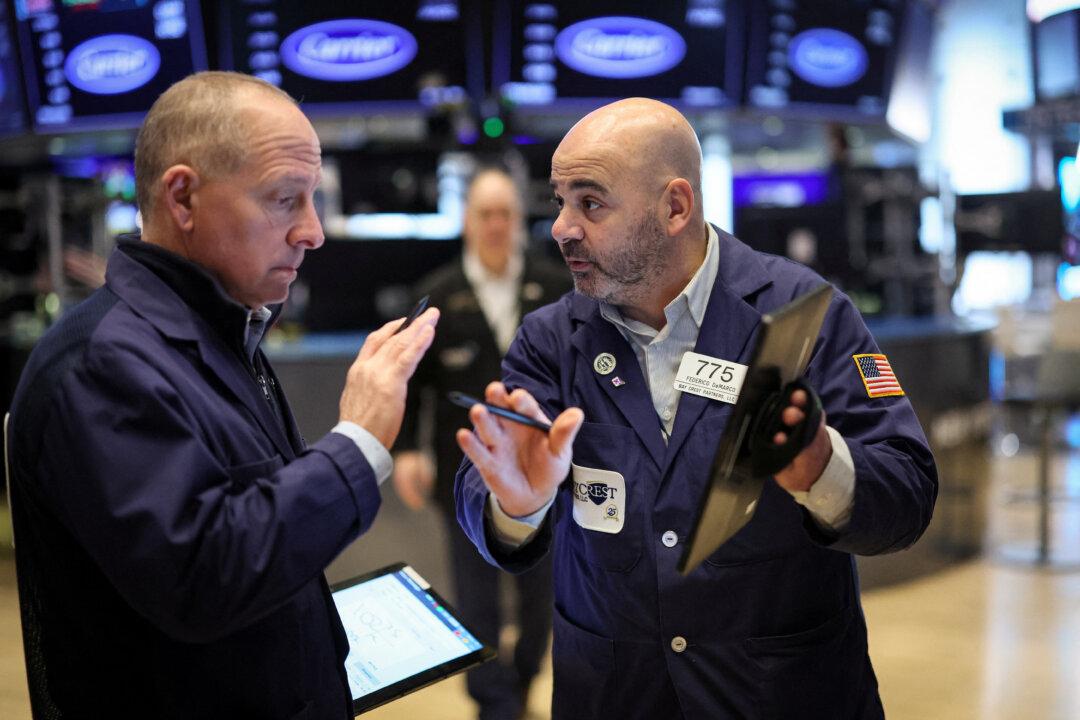
Friends Read Free